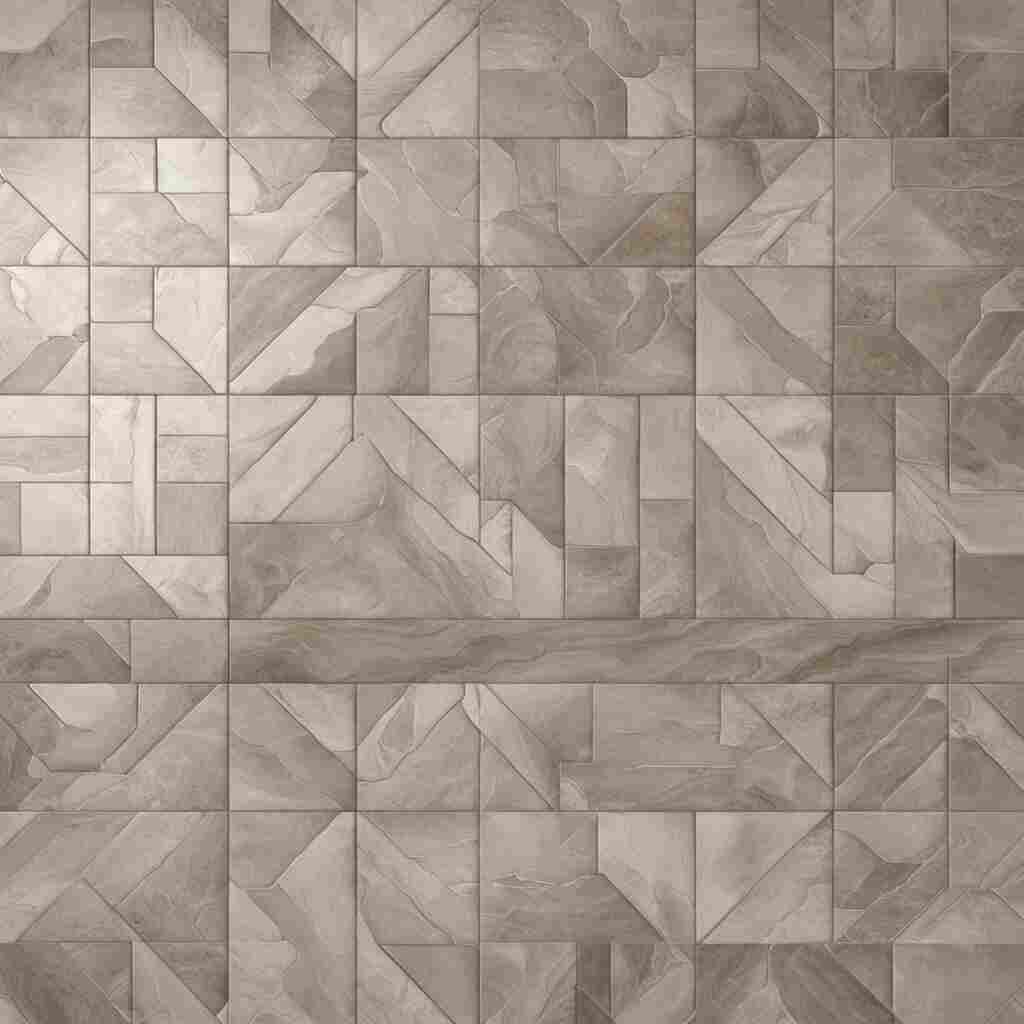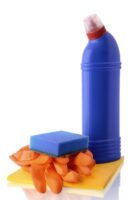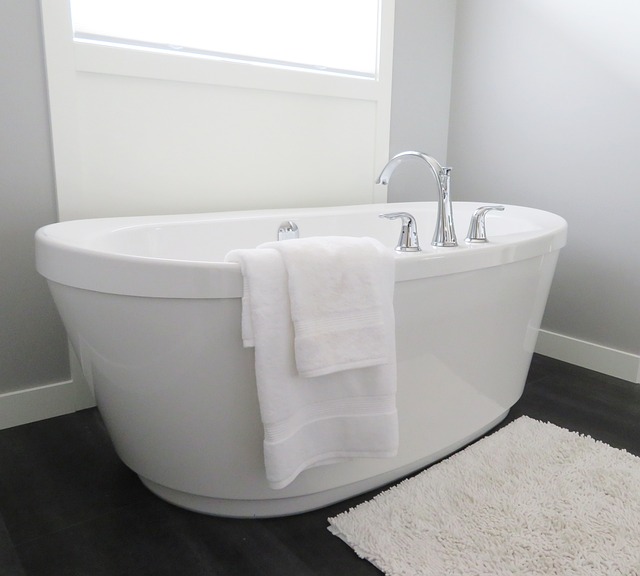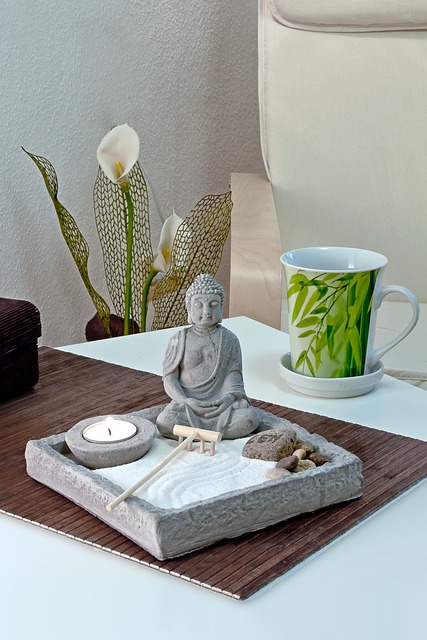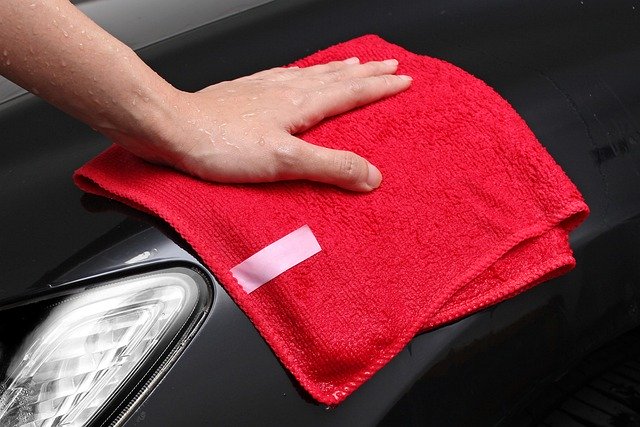In the world of home décor, tile floors are a timeless classic. Their durability, versatility, and aesthetic appeal make them a popular choice for kitchens, bathrooms, entryways, and more. Yet, while they might look stunning when installed, knowing how to clean your home tiles and maintaining that sparkle can be a challenge. Tile floors, like any surface, accumulate dirt, stains, and grime over time, transforming your pristine tiles into a dull, lackluster surface. Fear not, for with the right approach and a bit of guidance, you can learn how to clean home tile floors like a seasoned pro.
Imagine stepping into your home, greeted by gleaming tile floors that reflect the warm glow of your lights. The feeling of cleanliness and freshness underfoot is not just about appearances; it’s a testament to a well-maintained living space. From the elegance of marble to the charm of ceramic, our expert tips and step-by-step guide will equip you with the knowledge and techniques to tackle any type of tile floor. Bid farewell to dirt and grime, and say hello to floors that radiate cleanliness and sophistication.
In this comprehensive article on how to clean home tile floors, we will explore the essential aspects of tile floor cleaning, from daily maintenance to periodic deep cleaning. We’ll unravel the mysteries of grout cleaning, share eco-friendly cleaning solutions, and arm you with the know-how to address common tile floor dilemmas. Whether you’re a seasoned homeowner or a newcomer to the world of tile floors, let’s embark on a journey to transform your home’s flooring into a shining testament to cleanliness and style.
Understanding the Different Types of Tile Floors
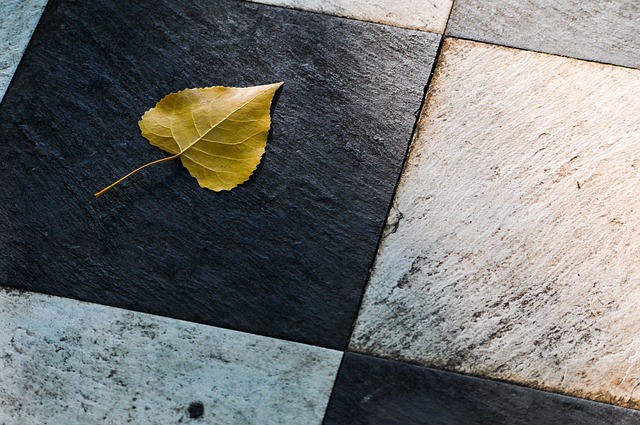
Before diving into the cleaning and maintenance process, it’s important to understand the different types of tile floors commonly found in homes. Here are a few popular options:
Ceramic Tile Floors
- Ceramic tiles are made from clay and other natural materials, and then kiln-fired for durability.
- They come in various shapes, sizes, and finishes, including glazed and unglazed options.
- Glazed ceramic tiles have a protective layer that makes them resistant to stains and moisture.
Porcelain Tile Floors
- Porcelain tiles are also made from clay but are fired at higher temperatures, making them denser and more water-resistant than ceramic tiles.
- They are available in different colours, patterns, and finishes, such as polished, matte, or textured.
- Porcelain tiles are highly durable and suitable for both indoor and outdoor use.
15 Tips for Cleaning and Maintaining Your Home’s Flooring (Carpet, Hardwood, Tile)
Natural Stone Tile Floors
- Natural stone tiles, like marble, granite, limestone, and travertine, offer a luxurious and unique look to your home.
- Each type of natural stone has distinct characteristics and requires specific cleaning and maintenance techniques.
- Natural stone tiles may require periodic sealing to protect them from stains and damage.
Essential Tools and Supplies for Home Tile Floor Cleaning
Before getting started with cleaning your tile floors, gather the following tools and supplies:
- Broom or vacuum cleaner: Use these to remove loose dirt, dust, and debris from the floor surface.
- Microfiber mop: A microfiber mop is ideal for regular maintenance cleaning, as it effectively picks up dirt without scratching the tiles.
- Soft-bristle brush: This can be handy for scrubbing grout lines or tackling tough stains.
- pH-neutral tile cleaner: Choose a mild, pH-neutral cleaner specifically formulated for tile floors to avoid damaging the tiles or grout.
- Bucket: You’ll need a bucket to mix the cleaning solution and hold the rinse water.
- Grout sealer: If you have tile floors with grout lines, a grout sealer will help protect the grout from stains and discolouration.
Daily Maintenance Tips for Tile Floors
Regular maintenance is key to preserving the beauty and longevity of your tile floors. Follow these daily tips:
- Sweep or vacuum the floor regularly to remove dirt, dust, and debris that can cause scratches.
- Clean up spills immediately to prevent stains and damage to the tiles or grout.
- Place doormats at entryways to trap dirt and prevent it from spreading onto your tile floors.
- Avoid using harsh cleaning agents, such as bleach or ammonia, as they can discolour or damage the tiles.
Step-by-Step Guide to Cleaning Tile Floors
Now let’s dive into the step-by-step process of cleaning your tile floors effectively:
1. Prepare the Area
- Remove any furniture or obstacles from the area you’ll be cleaning to have unrestricted access to the entire floor.
- If you’re cleaning a large space, section it off into smaller areas to ensure thorough cleaning.
This How to Choose the Right Cleaning Products for Your Home
2. Sweep or Vacuum the Floor
- Start by sweeping or vacuuming the floor to remove loose dirt and debris. Pay attention to corners and edges where dirt tends to accumulate.
3. Mix the Cleaning Solution
- Fill a bucket with warm water and add the recommended amount of a pH-neutraltile cleaner. Follow the instructions on the cleaner’s packaging for the correct dilution ratio.
4. Clean the Tiles
- Dip the microfiber mop into the cleaning solution and wring out any excess water.
- Begin mopping the floor, working in small sections at a time.
- Apply gentle pressure and move the mop in a back-and-forth motion, ensuring you cover the entire area.
- For stubborn stains or grout lines, use a soft-bristle brush and scrub gently.
5. Rinse the Floor
- Once you’ve cleaned the entire floor, empty the bucket and refill it with clean water.
- Use a clean mop or cloth to rinse the tiles, removing any residual cleaner.
- Change the water if it becomes dirty during the rinsing process.
6. Dry the Floor
- After rinsing, use a dry mop or absorbent towels to remove excess moisture from the floor.
- Ensure the floor is completely dry to prevent slips and falls.
7. Optional: Apply Grout Sealer
- If your tile floor has grout lines, consider applying a grout sealer to protect it from stains and discoloration.
- Follow the manufacturer’s instructions for applying the sealer and allow it to dry completely.
Dealing with Stubborn Stains and Grout Cleaning
Even with regular maintenance, you may encounter stubborn stains or dirty grout lines. Here are some tips to tackle these challenges:
- For grease or oil stains, create a paste using baking soda and water. Apply it to the stained area, let it sit for a few minutes, then scrub gently with a soft brush.
- For tough stains, you can use a commercial tile stain remover. Follow the instructions on the product and test it on a small, inconspicuous area first.
- To clean grout lines, make a paste by mixing baking soda and water. Apply it to the grout lines, scrub with a soft brush, and rinse thoroughly.
Preventive Measures for Long-Term Tile Floor Maintenance
To ensure your tile floors remain in excellent condition for years to come, consider these preventive measures:
- The place felt pads or furniture coasters under the legs of furniture to prevent scratches and damage.
- Use rugs or mats in high-traffic areas and near entryways to minimize dirt and wear on the tiles.
- Avoid using abrasive cleaners or scrub brushes that can scratch the tile surface.
- Periodically inspect the grout lines for cracks or damage. Repair any issues promptly to prevent further deterioration.
Conclusion
By following this ultimate guide to cleaning and maintaining your home’s tile floors, you can keep them looking their best and extend their lifespan. Remember to choose the appropriate cleaning products, perform regular maintenance, and address stains or grout issues promptly. With proper care, your tile floors will continue to shine and enhance the beauty of your home for years to come.





